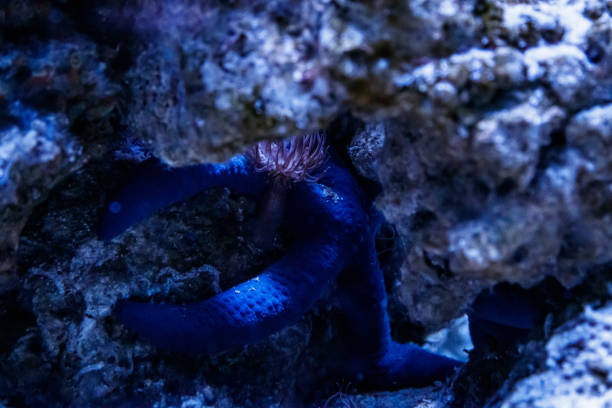Aquatic Acrobats: The Surprising World of Flying Fish
Dive into the captivating realm of flying fish, nature's extraordinary aquatic acrobats. These remarkable creatures have evolved a unique ability to glide through the air, defying the boundaries between sea and sky. Join us as we explore the fascinating adaptations, behaviors, and conservation challenges of these aerial marine marvels that continue to astound scientists and ocean enthusiasts alike.

The Evolution of Flight in Fish
The ability to glide through the air didn’t develop overnight for flying fish. Fossil records suggest that the ancestors of modern flying fish first appeared during the Oligocene epoch, approximately 66 million years ago. Over time, these fish developed elongated pectoral fins that allowed them to make short hops out of the water. As predation pressure increased, natural selection favored individuals with larger fins and more aerodynamic body shapes, eventually leading to the diverse array of flying fish species we see today.
Anatomy of an Aerial Fish
Flying fish possess several unique anatomical features that enable their airborne feats. Their bodies are torpedo-shaped and streamlined, reducing drag both in water and air. The most striking feature is their greatly enlarged pectoral fins, which can span up to 70% of their body length. These fins act as wings during flight, providing lift and stability. Additionally, flying fish have a flattened ventral surface that creates an air cushion when they exit the water, further aiding their gliding ability.
The Physics of Fish Flight
When a flying fish prepares for takeoff, it builds up speed underwater, reaching velocities of up to 37 miles per hour. As it breaks the surface, it spreads its pectoral fins and begins to taxi across the water, using its specially adapted tail fin to generate additional thrust. Once airborne, the fish can glide for distances of up to 655 feet, using its pectoral and pelvic fins to make slight adjustments to its trajectory. Some species can even perform consecutive glides by dipping their tails back into the water to generate more speed.
Diverse Species and Global Distribution
There are approximately 40 known species of flying fish, distributed across the tropical and subtropical waters of all oceans. The largest species, the Cheilopogon papilio, can reach lengths of up to 19 inches, while smaller species may only grow to 7 inches. Different species have evolved various adaptations to suit their specific environments. For example, the Hirundichthys affinis found in the Atlantic Ocean has particularly long pectoral fins, allowing for extended glides, while the Parexocoetus brachypterus of the Indo-Pacific region has shorter fins but can make rapid, agile movements in the air.
Ecological Importance and Human Interaction
Flying fish play a crucial role in marine ecosystems as a vital link in the food chain. They are an important food source for larger predatory fish, seabirds, and marine mammals. In some regions, such as Barbados and Japan, flying fish are also significant for human consumption and commercial fishing. The roe of certain species is considered a delicacy in some cuisines, particularly in Japanese and Korean dishes where it is known as tobiko.
Conservation Challenges and Future Prospects
While flying fish are not currently considered endangered, they face several threats in the modern world. Overfishing, particularly in regions where they are commercially important, has led to declines in some populations. Climate change and ocean acidification also pose potential risks to these sensitive marine organisms. As sea temperatures rise and ocean chemistry shifts, the distribution and behavior of flying fish may be affected, potentially disrupting the delicate balance of marine ecosystems.
Conservation efforts for flying fish are still in their early stages, as more research is needed to fully understand their population dynamics and the impacts of human activities. Some countries, such as Barbados, have implemented regulations to protect flying fish stocks and ensure sustainable harvesting practices. Additionally, marine protected areas and efforts to combat climate change may indirectly benefit flying fish populations.
As we continue to unravel the mysteries of these remarkable creatures, it becomes increasingly clear that flying fish are more than just a curiosity of nature. They represent the incredible adaptability of life in our oceans and serve as a reminder of the wonders that still exist in the unexplored depths of our seas. By studying and protecting flying fish, we not only gain valuable insights into marine biology and evolution but also contribute to the preservation of our planet’s rich biodiversity for future generations to marvel at and learn from.





